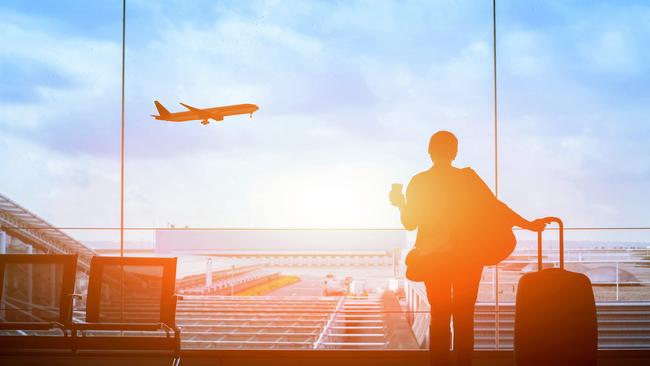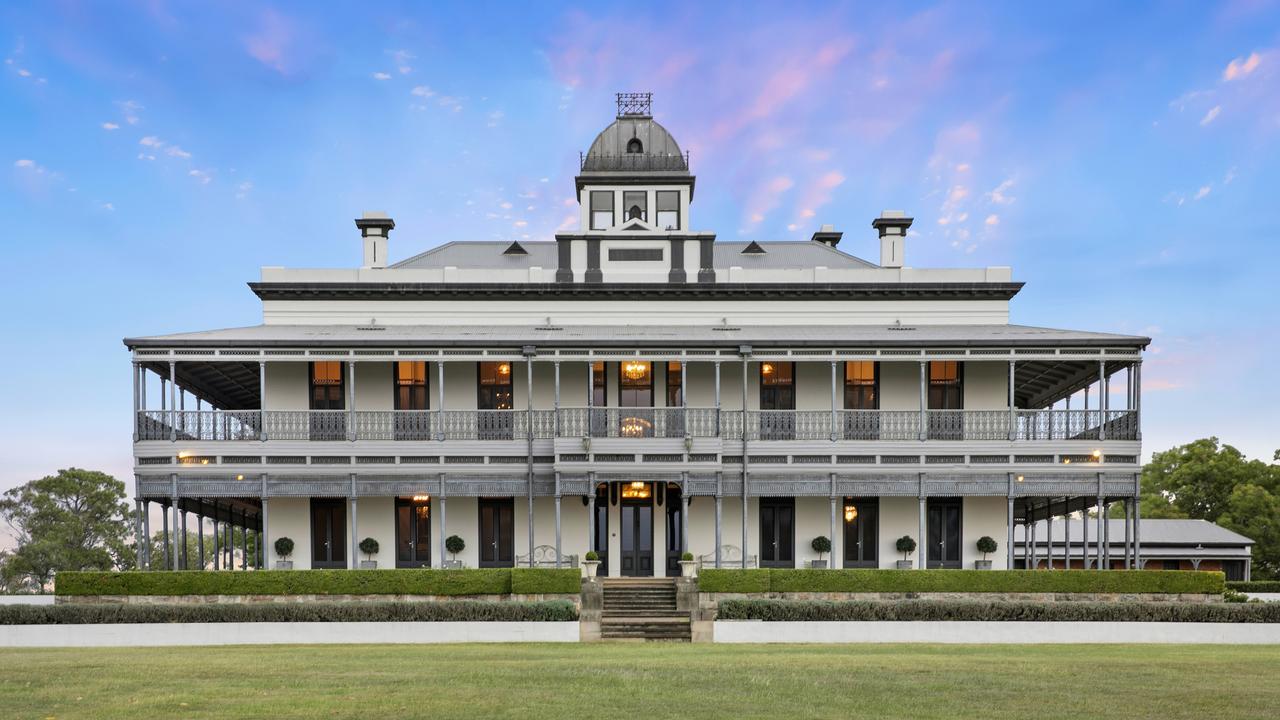
I long thought lifestylers must be the most lucrative cohort to target. Lifestylers are workers, usually in their 50s and 60s, who had successful careers and who can freely choose how much they work.
Maybe they work four days and enjoy an extra day on the golf course, or they take a month off midyear to finally go on that Rhine River Cruise.
I considered lifestylers to be god’s gift to marketers as they are the only market segment that is rich both in time and money.
You start as a young person with time but no money, become an adult with money but no time before reverting at old age to having time but lacking money. It’s only the lifestylers that have it all. Target them and you are in for a treat.
Recently I’ve come to believe that there might be an even more attractive group to sell stuff too. The domestic business traveller. While domestic business travellers are short on time, after all there is business to attend, they don’t spend their own money. Which allows them to display the same spending behaviour as teenagers spending on their parents’ credit cards (another great market to corner).
It’s so much easier to make people spend money when it’s not their own. At home you’d scoff at paying $29 for a simple burger with fries. In a hotel room equipped with the company credit card you feel like a saint for ordering the burger rather than the $49 steak. The sacrifices you make for your company …
What I am saying is that the domestic business travel is a very lucrative industry to be invested in because it will continue to grow in volume and importance.
In times of videoconferencing and online collaboration tools we might expect business travel to be a dying industry. Why do we Australians still travel so much for work? Aren’t videoconferences much cheaper? Won’t the oh so environmentally conscious millennials demand a stop to business travel?
Looking at the future of work in Australia I expect to see much more business travel, regardless of the big and important counter-forces of videoconferencing, online collaboration tools and rising environmental awareness.
The nature of our Aussie jobs has changed in a way that simply requires more workers to travel more frequently. All the while the Australian workforce keeps growing every year. Year by year our workforce shifts away from agriculture and manufacturing towards knowledge work.
In all industries top level staff needsto travel across the country quite a bit. In the knowledge industries many lower level workers also must travel frequently. They might not close million-dollar deals all the time, but they visit team members and clients for sales pitches, workshops, trainings and meetings.
Modern businesses also work more collaboratively, engage more often with external staff that might reside in a different city. A quick conference call is the least annoying, cheapest and most common type of meeting.
But the large increase in frequency of collaborative work means that overall the need to travel to a different city is much higher.
Even in 2019 the modern office worker benefits from being in a room with clients or colleagues to humanise the connection. The projects that we work on these days include increasingly more complex tasks.
Meetings to co-ordinate these projects are simply more effective when conducted face-to-face.
So, who stands to benefit from this trend towards more business travel?
In Australia domestic business tourism, like our population, is concentrated in just five cities. Two-thirds of all Australian jobs are in Sydney, Melbourne, Brisbane, Perth and Adelaide. Consequently, the big five exchange many workers every day. Our capital city airports and airlines are doing a (mostly) great job of ensuring a seamless daily exchange of workers.
We know that more than 26,000 workers that reside in one of the big five spent the last census night (Tuesday, August 9, 2016) in a big five city other than their own. This data doesn’t even consider the countless daytrips between the big five cities.
The main beneficiaries of this daily worker exchange are located in the big cities.
Taxi and rideshare companies have plenty of customers to drive around, airports charge fees for each passenger and sell muffins and lounge access, airlines get their fares, cafes caffeinate the busy workers, restaurants sell to folks using the company credit card and not using the right-hand column to pick their meal, bars sell well-deserved nightcaps, conference centres cater to huge audiences every day and hotels have plenty of beds (and burgers) to sell.
Naturally, the businesses involved in building, maintaining and renovating the relevant infrastructure benefit too. The clustering of jobs and business travel in a few locations allows big players to dominate the business travel related building market.
In a more dispersed market like the UK, where only 30 per cent of the population live in the five biggest cities, small players have it easier to establish themselves in the market.
All in all, the business travel market is an excellent field to be involved in. It’s a market set to grow.
Most business travellers aren’t spending their own money and may easily be convinced to part from it.
That’s exactly what the airline and hotel loyalty points are all about. The business traveller benefits (in form of points) from spending more money (not their own money, mind you) on flights and hotel services.
As far as I am concerned, I would now prefer to cater to business travellers rather than to lifestylers. Stay tuned while I am scheming how to target lifestyler business travellers …
Simon Kuestenmacher is the co-founder of The Demographics Group.



